Caraka Samhita, Caraka (Author); R. K. Sharma & Bhagwan Dash (Translators)
The Charaka Saṃhitā or Compendium of Caraka (Sanskrit चरक संहिता IAST: Caraka-saṃhitā) is a Sanskrit text on Ayurveda (Indian traditional medicine). Along with the Suśruta-saṃhitā, it is one of the two foundational Hindu texts of this field that have survived from ancient India.
The pre-2nd century CE text consists of eight books and one hundred twenty chapters.[6][7] It describes ancient theories on human body, etiology, symptomology and therapeutics for a wide range of diseases.[8] The Charaka Samhita also includes sections on the importance of diet, hygiene, prevention, medical education, the teamwork of a physician, nurse and patient necessary for recovery to health.
More info →Ashtanga Hridayam Samhita, Vagbhata (Author); K. R. Srikantha Murthy (Translator)
From the Jacket: Astangahrdaya of Vagbhata is an ancient authoritative treatise on Ayurveda. Its popularity extended beyond the frontiers of India for more than a Thousand years is substantiated by its translation in Arabic, Tibetan and of course of some European languages. None of these are available now. Study of Astangahrdaya is considered indispensable for a through knowledge of Ayurveda. With the increasing interest these days for the study of classical texts of Ayurveda both within and outside India, a great need is felt for an English translation. This publication hopes to fulfill this necessity. The complete text is being presented in 3 Volumes viz. Vol. I. Historical Introduction, Sutra sthana and Sarira sthana Vol. II. Nidana, Cikitsa, Kalpa & Siddhi sthanas Vol. III. Uttara sthana Each volume has the text in Sanskrit, followed by its faithful English translation. Explanations wherever necessary are furnished in the Notes. Appendices and Index are provided to make each volume self-reliant. This great work on Ayurveda, translated by an experienced professor, published for the first time in sure to be of immense help for all those who are interested in Ayurveda.
More info →The Legacy of Caraka
Caraka, the master physician, is believed to have lived in the first century A.D. The Samhita composed by him forms the bedrock of ayurvedic practice today. His contribution to India's cultural inheritance was profound. Caraka Samhita was, in fact, a revision of an older text Agnivesa Tantra, which was written several centuries before Caraka's time. This book retells the Samhita in a new format. Instead of adhering to the sequence of the Sthanas in the original, the author has retold the Samhita through thematically structured chapters, in contemporary idiom. The retelling has involved some degree of restructuring and condensation but has ensured that whatever is stated can be traced back to the original.
More info →History of Ayurveda
Ayurvedic medicine is a system of traditional medicine native to the Indian subcontinent and practiced in other parts of the world as a form of alternative medicine.In Sanskrit, the word ayurveda consists of the words yus, meaning;longevity, and veda, meaning related to knowledge or science.Evolving throughout its history, ayurveda remains an influential system of medicine in South Asia.The earliest literature on Indian medical practice appeared during the Vedic period in India.The Susruta Samhita and the Charaka Samhita were influential works on traditional medicine during this era. Over the following centuries, Ayurvedic practitioners developed a number of medicinal preparations and surgical procedures for the treatment of various ailments and diseases. In Western medicine, Ayurveda is classified as a system of complementary and alternative medicine (CAM) that is used to complement, rather than replace, the treatment regimen and relationship that exists between a patient and their existing physician. One of the well received and well sold books on the subject,it is a steady seller on the amazon website.
More info →Language of Ayurveda
A comprehensive audio-visual reference containing the vast majority of Sanskrit vocabulary used in Ayurveda in the West. 8 chants of invocation, 15 chanted verses on Ayurveda, and over 850 words shown in the original Devanagari script, transliteration and translation. Two CDs with 81 tracks of audio guide you through the spiral-bound book. Includes Sankhya terms, limbs of Ayurveda, major and minor texts, anatomy, doshas, subdoshas, srotas, nadis, marmas, dhatus, cakras, koshas, symptoms, herbs, ashes, panchakarma, diseases and much, much more. Full Sanskrit index and separate English index for easy lookup of any word. Reference tables in the back. All terms are recited twice with space for you to repeat.
More info →The Sankhya Karika
The Sánkhya káriká 1908. This book, "The Sankhya karika or Sankhya Yoga", by Isvarakrsna, is a replication of a book originally published before 1887. It has been restored by human beings, page by page, so that you may enjoy it in a form as close to the original as possible.
More info →The Roots of Ayurveda
Ayurveda, the ancient art of healing, has been practiced in India for more than two thousand years and survives today as a living medical tradition whose principles are at the heart of many "alternative" therapies now used in the West. This "science of longevity" has parallels with Buddhist thought, and advocates a life of moderation through which the three humors of the body will be brought into balance. The writings selected for this volume are taken from Sanskrit medical texts written by the first Ayurvedic physicians, who lived between the fifth century b.c. and the fourteenth century a.d. Here readers will find wide-ranging and fascinating advice on the benefits of garlic therapy, prayers for protection against malevolent disease deities, surgical techniques, exercise regimens, the treatment of poisons, the interpretation of dreams, and more.
More info →
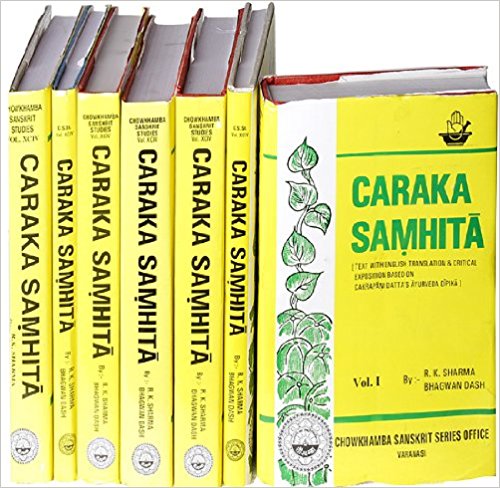

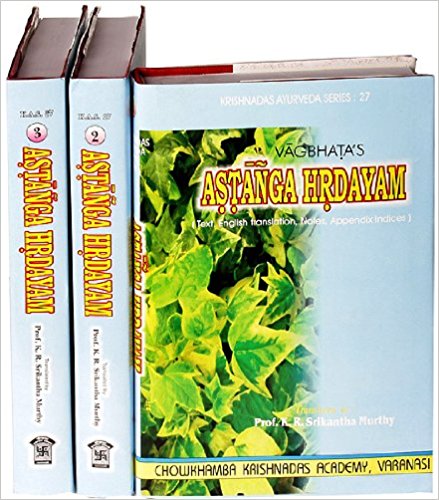
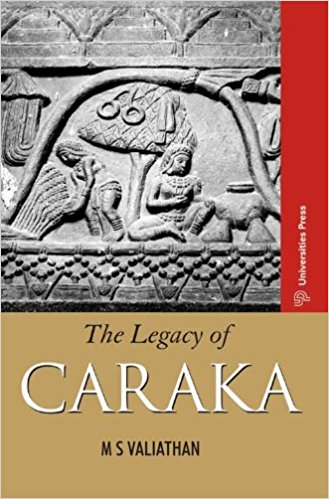
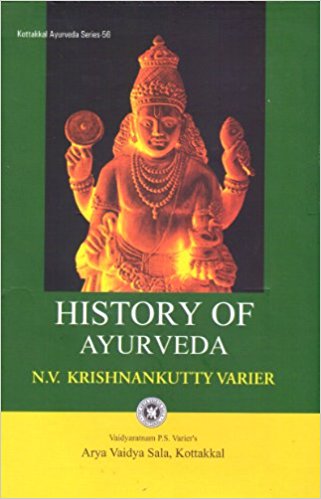
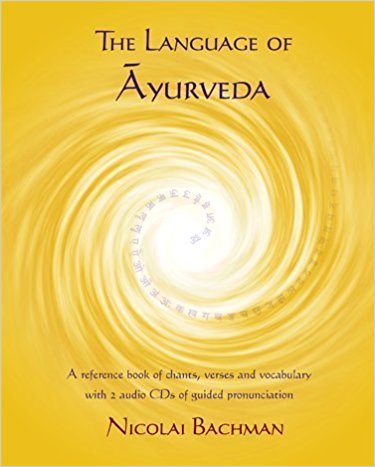
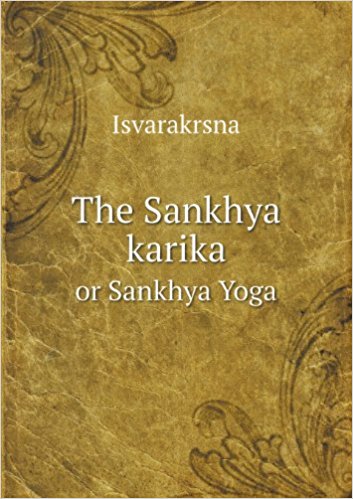
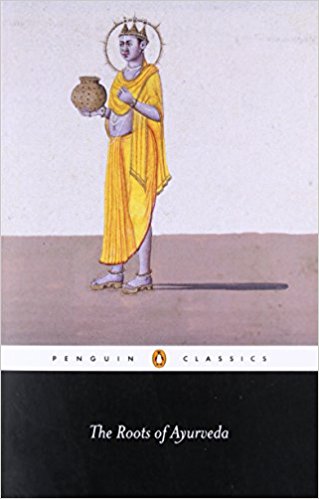
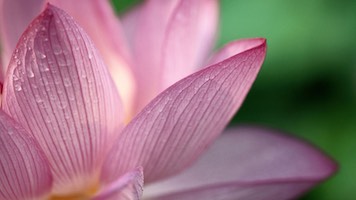



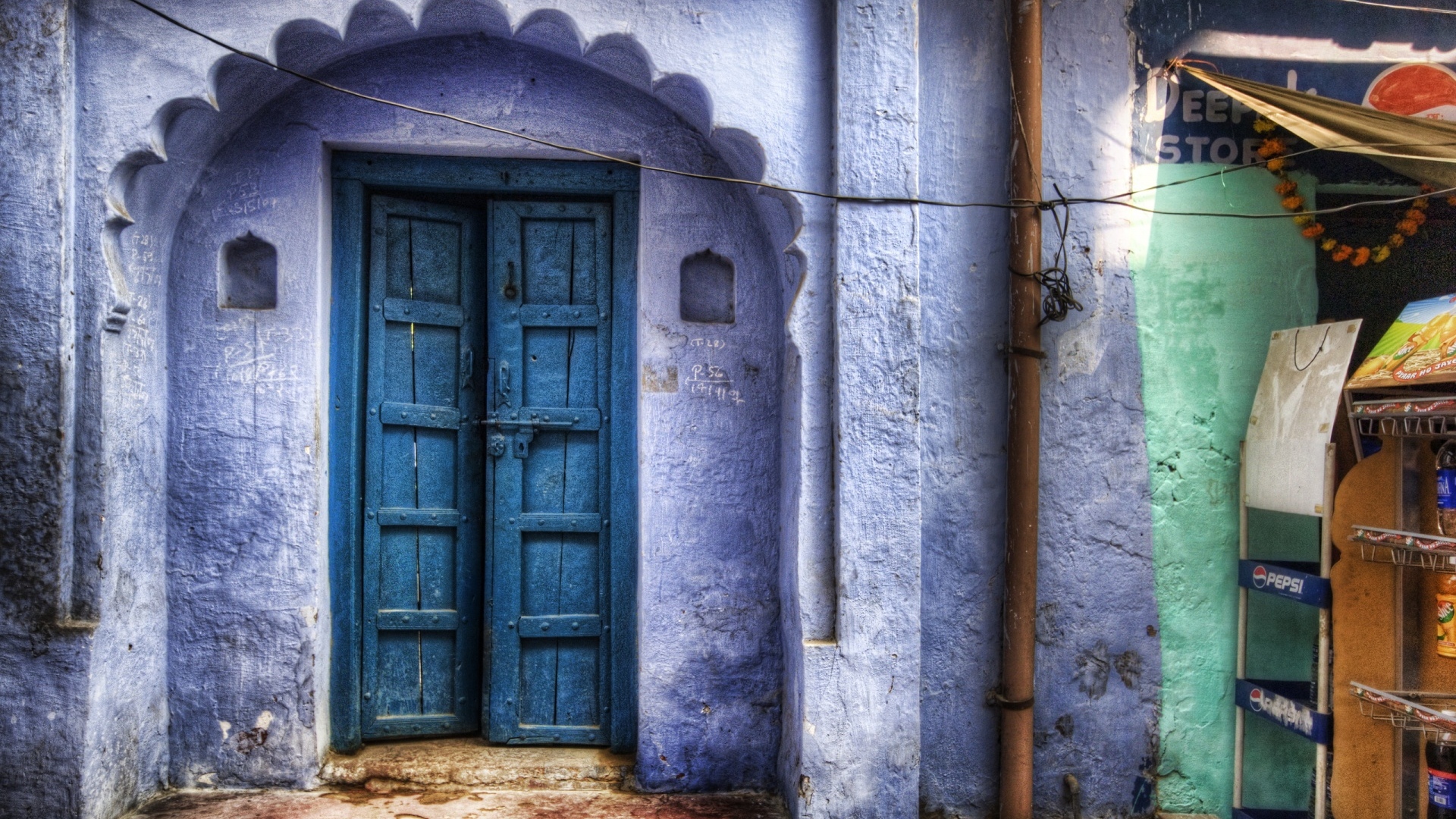


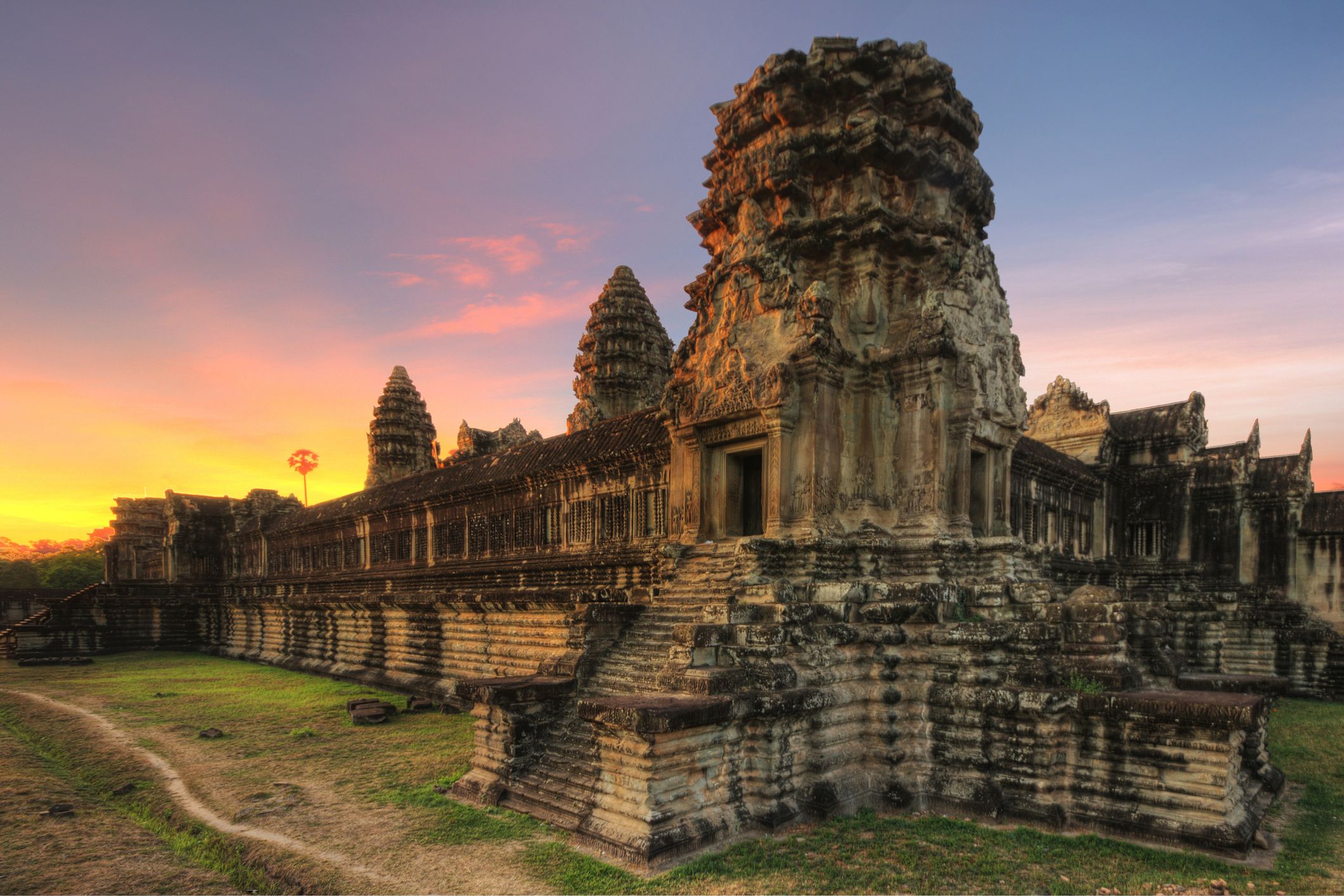







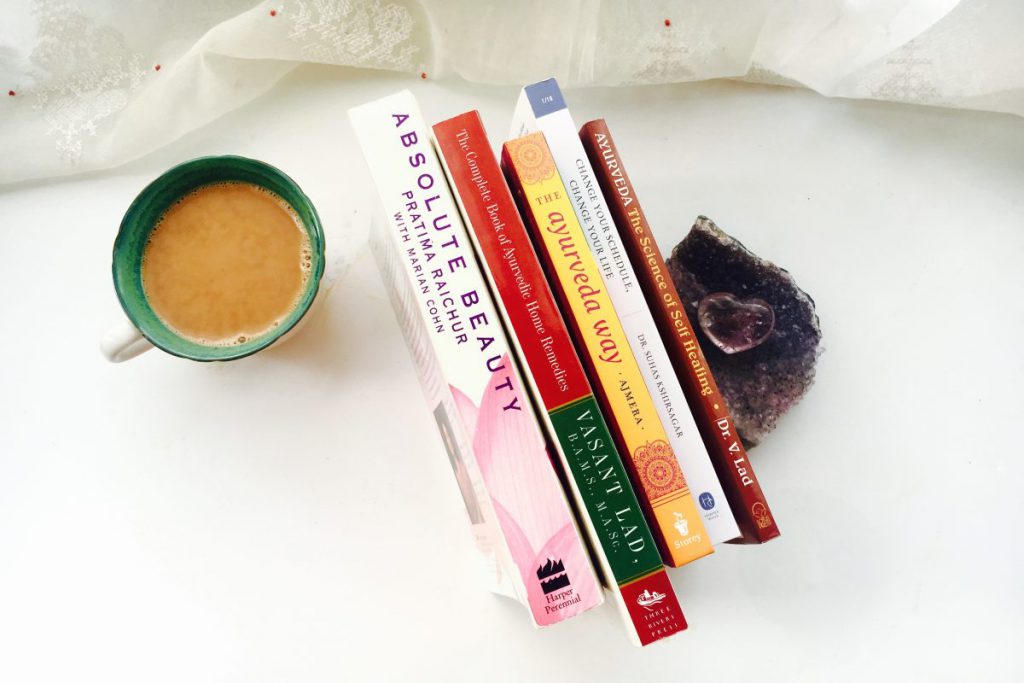


 Sevanti Adventures
Sevanti Adventures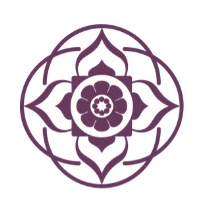 Sevanti Wellness
Sevanti Wellness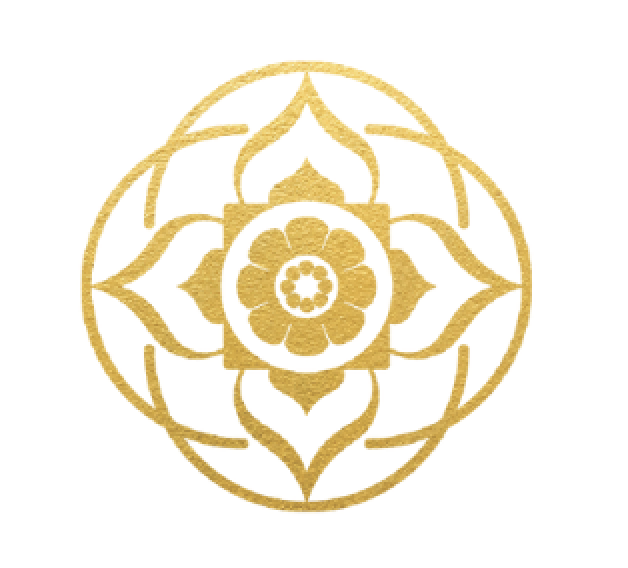 Sevanti Practice
Sevanti Practice